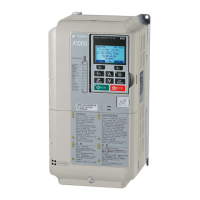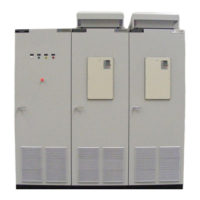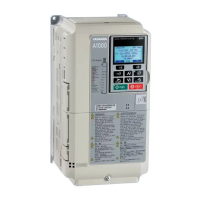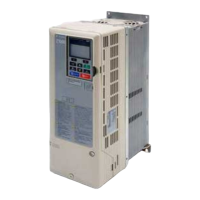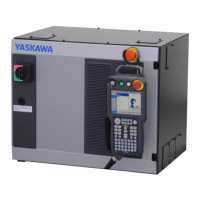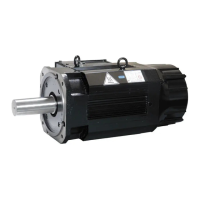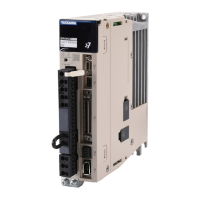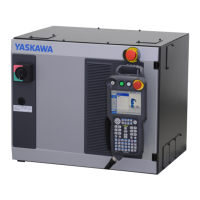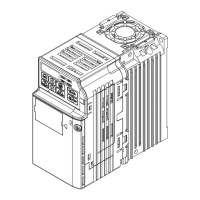5.2 b: Application
146 YASKAWA ELECTRIC SIEP C710616 27C YASKAWA AC Drive A1000 Technical Manual
■ b2-12: Short Circuit Brake Time at Start
Short Circuit Braking can be used in OLV/PM and AOLV/PM. By shorting all three motor phases, it produces a braking
torque in the motor and can be used to stop a coasting motor before starting it again.
Parameter b2-12 sets the time for Short-Circuit Brake operation at start. Disabled when set to 0.00 s.
Note: Short Circuit Braking cannot prevent a PM motor from being rotated by an external force. To prevent the load from rotating the
motor, use DC Injection.
■ b2-13: Short Circuit Brake Time at Stop
The Short Circuit Braking described for parameter b2-12 can also be applied at the end of deceleration in order to
completely stop high inertia loads. Short Circuit Braking is initiated for the time set in b2-13 when the output frequency
falls below the higher of the values b1-02 and E1-09. Parameter b2-13 sets the time for Short Circuit Braking at stop.
Disabled when set to 0.00 s.
■
b2-18: Short Circuit Braking Current
Parameter b2-18 sets the current level for Short Circuit Braking operation as a percentage of the motor rated current.
Even though a higher current level can be set using b2-18, the Short Circuit Braking current will not be higher than the
drive rated current (120% for Normal Duty, 150% for Heavy Duty).
◆ b3: Speed Search
The Speed Search function allows the drive to detect the speed of a rotating motor shaft that is driven by external forces
(e.g., a fan rotating by windmill effect or motor driven by load inertia). The motor operation can be directly started from
the speed detected without needing to stop the machine before.
Example: When a momentary loss of power occurs, the drive output shuts off. This results in a coasting motor. When
power returns, the drive can find the speed of the coasting motor and restart it directly.
For PM motors, only parameter b3-01 is needed to enable Speed Search.
For induction motors, the drive offers two types of Speed Search than can be selected by parameter b3-24 (Speed
Estimation and Current Detection). Both methods are explained below, then followed by a description of all relevant
parameters.
■
Current Detection Speed Search (b3-24 = 0)
Current Detection Speed Search is for use with IM motors. Current Detection Speed Search detects the motor speed by
looking at motor current. When Speed Search is started it reduces the output frequency starting either from the maximum
output frequency or the frequency reference while increasing the output voltage using the time set in parameter L2-04.
As long as the current is higher than the level set in b3-02, the output frequency is lowered using the time constant b3-03.
If the current falls below b3-02, the drive assumes that the output frequency and motor speed are the same and
accelerates or decelerates to the frequency reference.
Be aware that sudden acceleration may occur when using this method of Speed Search with relatively light loads.
The following time chart illustrates how Current Detection Speed Search operates after a momentary power loss (L2-01
must be set to 1 or 2):
No. Name Setting Range Default
b2-12 Short Circuit Brake Time at Start 0.00 to 25.50 s 0.00 s
No. Name Setting Range Default
b2-13 Short Circuit Brake Time at Stop 0.00 to 25.50 s 0.50 s
No. Name Setting Range Default
b2-18 Short Circuit Braking Current 0.0 to 200.0% 100.0%
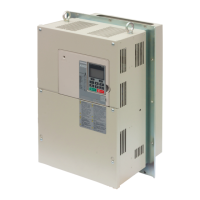
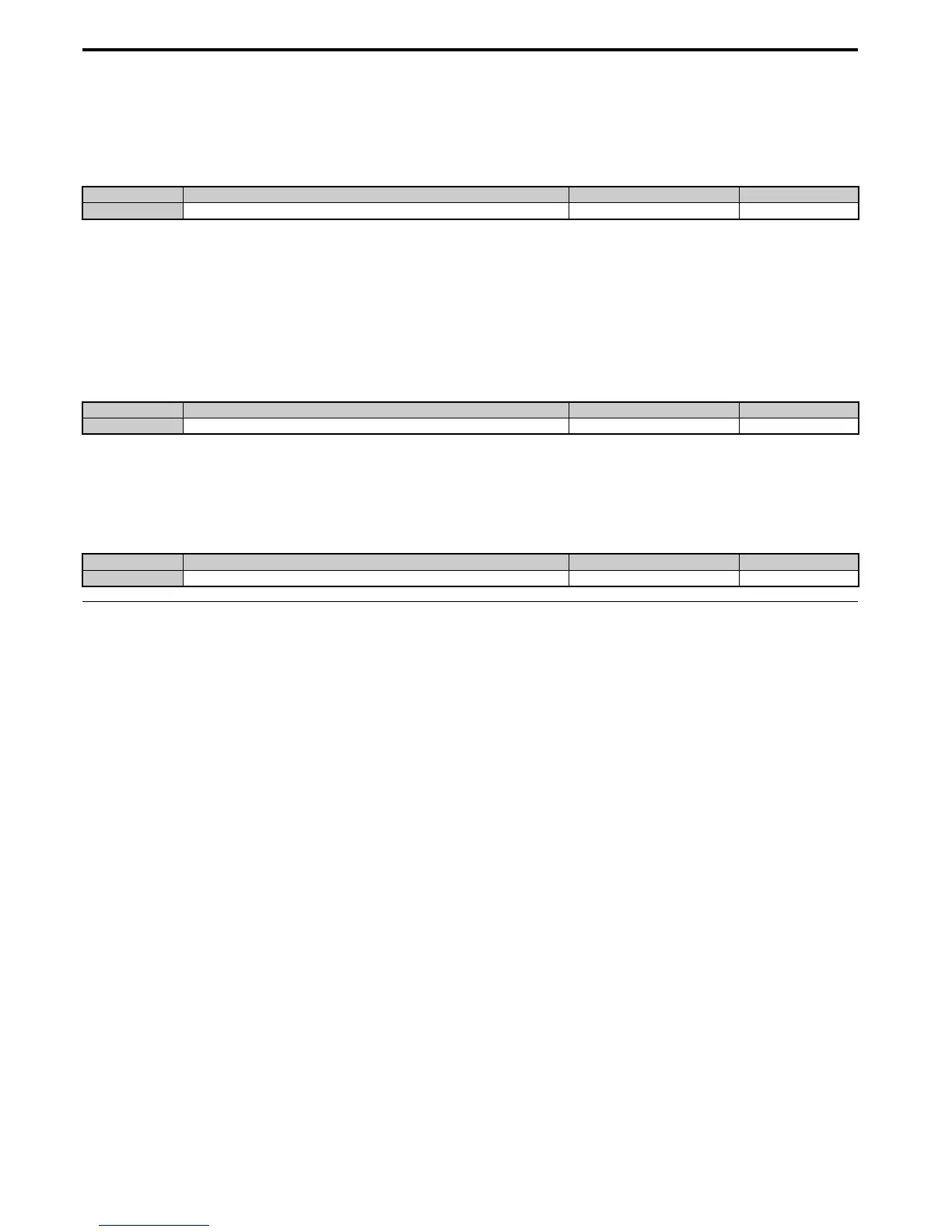